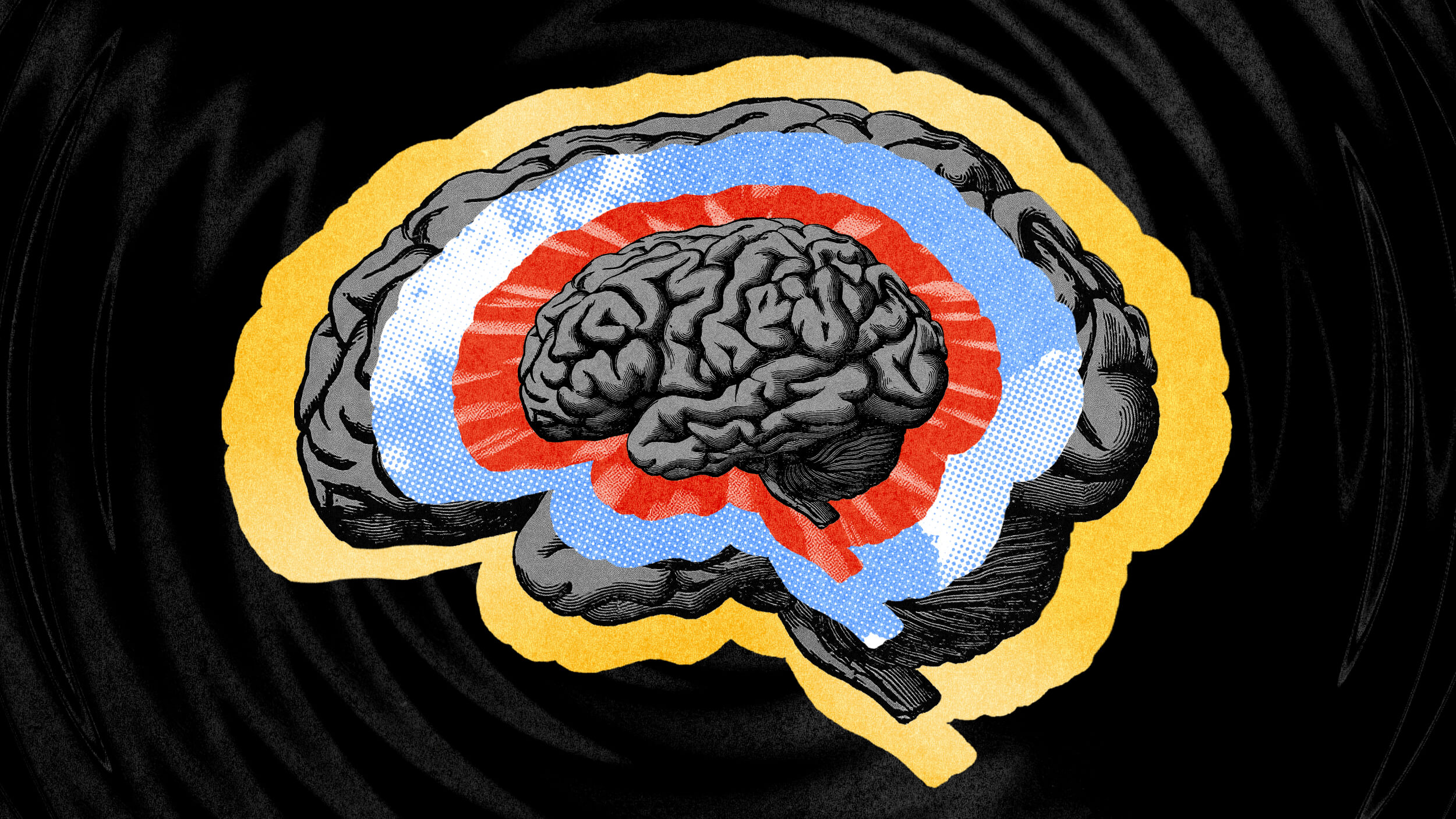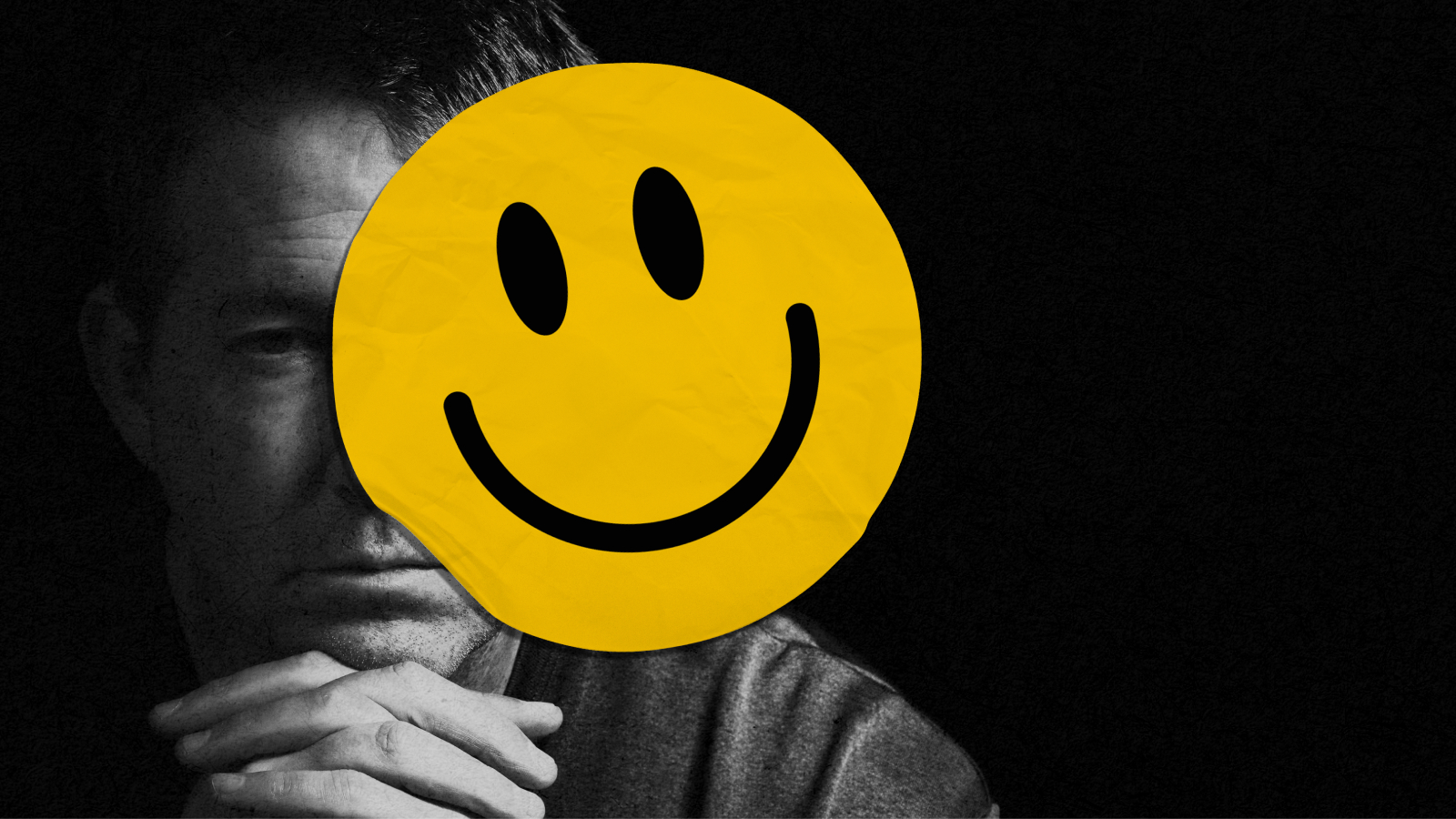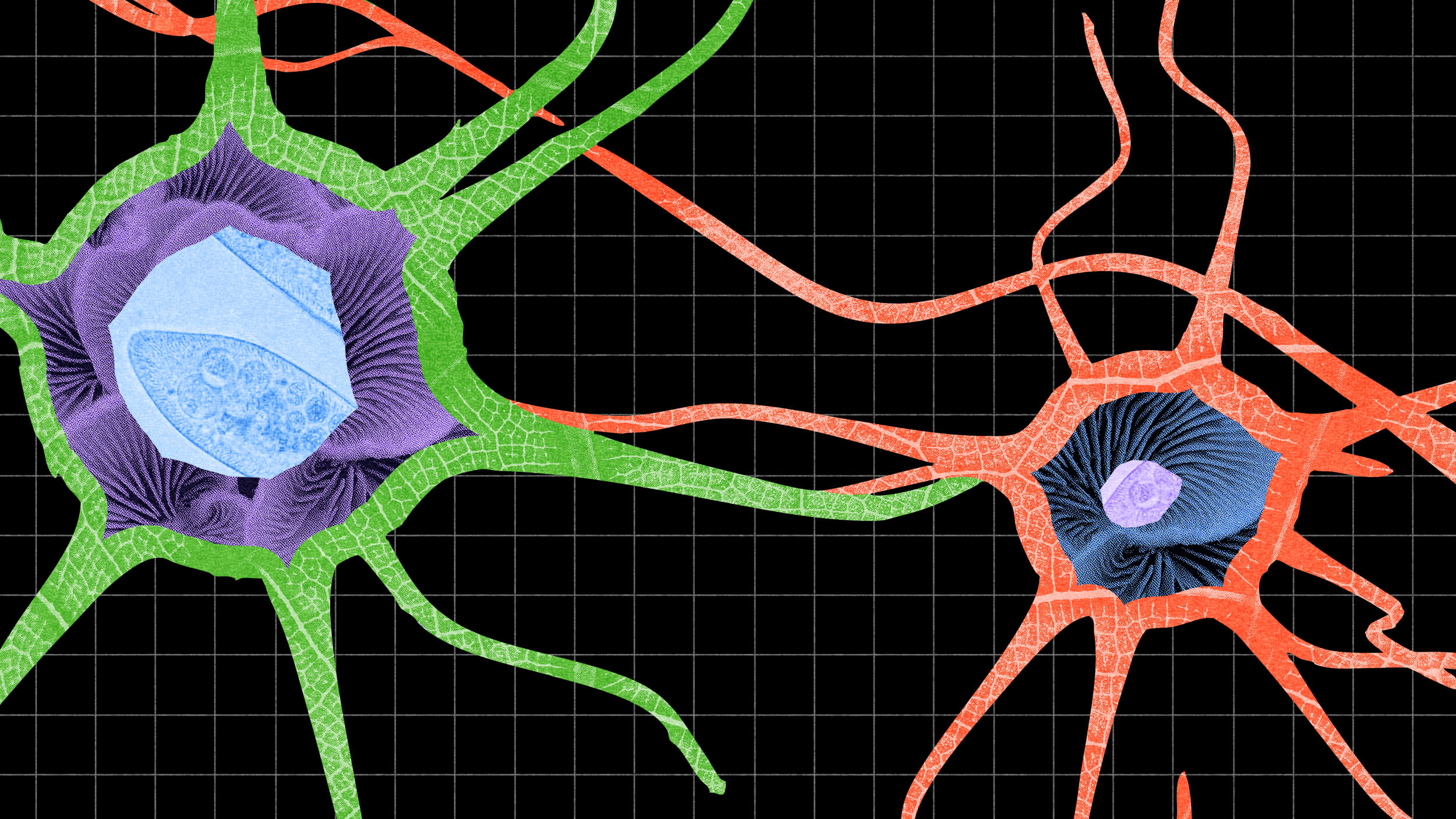Beau Lotto: Is there an external reality? Of course there’s an external reality. The world exists. It’s just that we don’t see it. At least, we don’t see it as it is. In fact, we can never it as it is! In fact it’s even useful to not see it as it is. And the reason is because it goes back to really Berkeley, who tells us we have no direct access to that physical world other than through our senses.
And because our senses conflate multiple aspects of that world we can never know whether our perceptions are in any way accurate. And so this has always been a very deep question. It’s not so much “Do we see the world in the way it really is?” but “Do we actually even see it accurately?”. And the answer is no, we don’t.
So if we remember that the information that’s coming on to your eye or onto your skin or into your ears is inherently meaningless (because it could mean anything) then it means that we need another kind of data in order to be able to generate behaviors that are useful. And that data is necessarily historical, which means that the functional structure of your brain is really a physical manifestation of your past interactions with the world, and it’s a physical, active interaction. It’s not passive, receiving data like a Facebook broadcast, it’s an active engagement with that world.
So, for instance, if you take—there’s a well-known experiment back in the 70s where you had two kittens: recently born, eyes just open.
And you had one kitten that was effectively running on the ground, right, perfectly fine. And you had another one that was in a basket. And the one in the basket was connected to the one on the ground, which meant that wherever the one in the basket went it was because it was where the one on the ground also went. The point is that they had the same visual history of the world. Then after a period of time you test the vision of the one on the ground, and it seems fine, as you would expect. But the question is: what does the one in the basket see? And the answer is that it doesn’t see anything. It’s blind, because it’s never been able to physically engage with the sources of this meaningless information and make meaning from it. So then when you let it run around, it learns to see again.
Now sometimes it’s really difficult for people to understand that the data that your brain is receiving is meaningless, because when they open their eyes they look around and they say, “Well I see everything! What do you mean it’s meaningless?”
So a really simple example, in fact it’s possibly one of the most fundamental examples, is color. So actually if you think about what they call “Dressgate”, right—the power of that I found really remarkable, because we’re all familiar with illusions and we’re all quite happy with the idea that someone who was a French speaker has a different word, different meaning than someone who’s an English speaker.
Because we’re quite happy that things that are very cultural or in our own experience we can experience differently or we can have different concepts.
But as soon as people realize that you can have different color perceptions, that really challenged them because it means if that’s true, what does it mean for the perception of reality, right?
So color is a wonderful concept because it’s both very literal and abstract. And what’s true for color is true for everything about what we see. So take, for instance—what is the source of our perception of color? It’s light. And it’s light from 400 to 700 nanometers, which is actually a very tiny window of electromagnetic radiation. So even at that point we’re seeing a tiny window within the potential energy that we could in theory detect.
What’s more, that’s a linear scale from 400 to 700, from small to large. But our perception of color, which starts with light, is anything but simple. In fact, it’s a three-dimensional perceptual space inside our head. So, for instance, you have a brightness axis, which is intensity.
You have a saturation axis, which is how much gray is in the color: So a fire engine is very unsaturated or rather a very saturated red. And a pink is a relatively unsaturated red, it has gray in it.
And then you have hue, which is red, green, blue and yellow. What’s remarkable is that the two ends of the spectrum, the physical spectrum, say short wavelengths (which we perceive to be violet and blue) and the other end of the spectrum (which we perceive to be red) are actually perceptually more similar to each other than they are to the middle part of the spectrum, which means that our perception of color is a circle.
Which means the largest and the smallest stimuli are actually perceptually similar to each other, which is like one kilo feeling a lot like a thousand kilos and very different from five hundred kilos, right? So even at that most basic level what we’re seeing is not what’s actually even in the stimulus.
What’s more is our perception of color is categorical. You can define every color in terms of red, green, blue and yellow. And each category is defined by what we call unique hue. A perception of redness, that has no other hue in it. Whereas orange, you can perceive sort of a combination of red and yellow. But with red you only see red. Yellow you only see yellow. But there’s nothing unique about spectra. There’s nothing categorical about spectra. They’re continuous distributions, right.
So at this most basic level we don’t represent even the information we’re getting in any accurate way. And the reason is because it was useful to see it this way. So we’re seeing the utility of the data, not the data.






